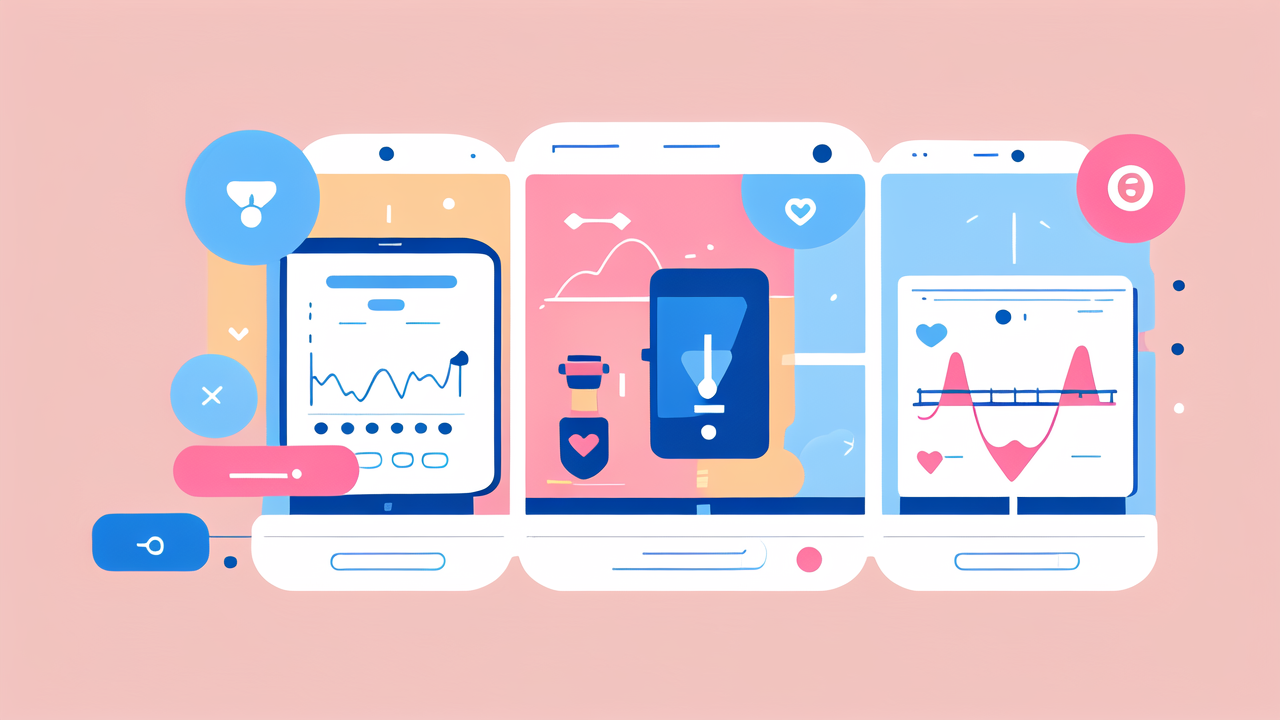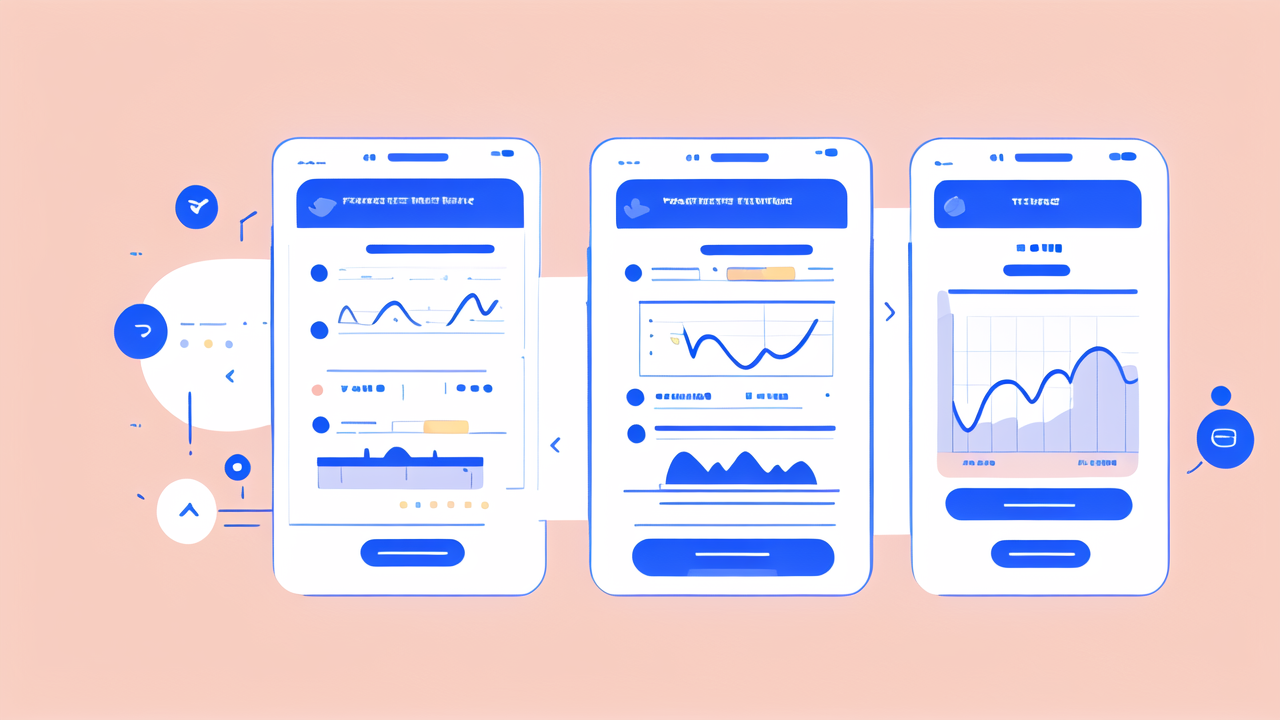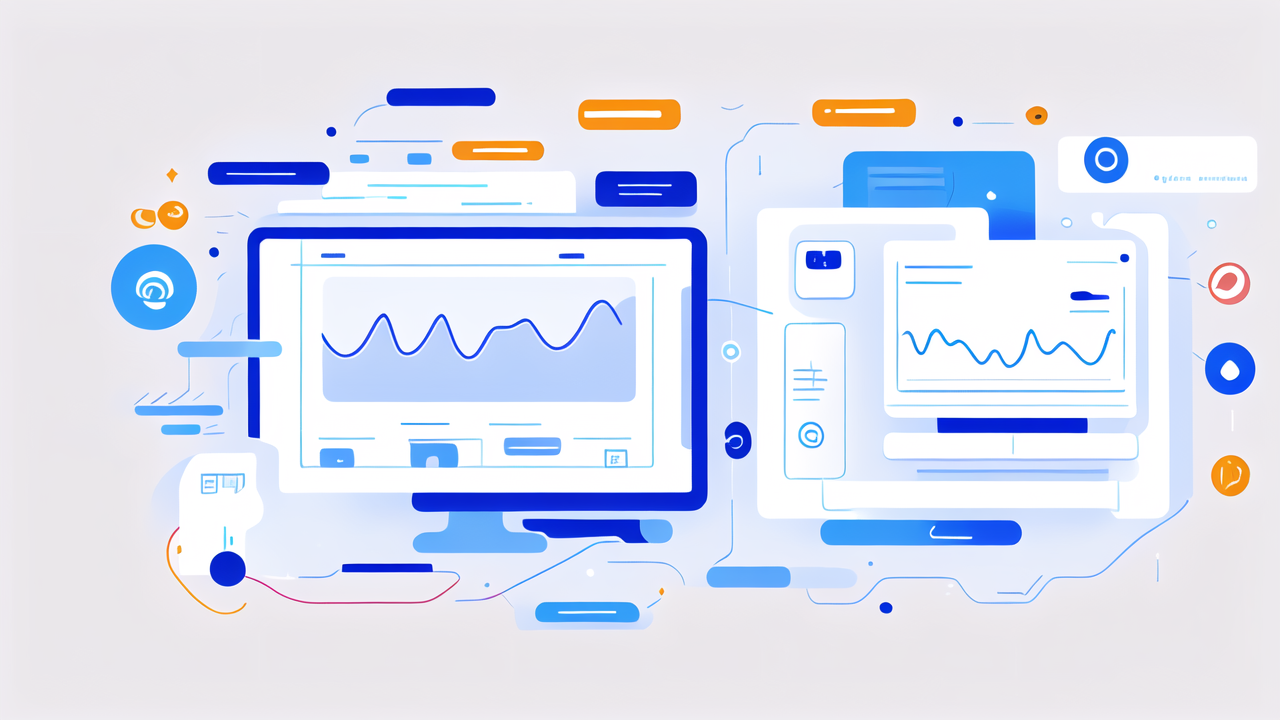Understanding the Importance of Health Monitoring in the United States
The Evolution of Personal Health Devices
Personal health devices have come a long way in recent years. They started as simple pedometers, counting our steps. Now, we have smart watches that can track our heart rate, sleep patterns, and more. These devices have become smaller, more accurate, and easier to use. They've also become more affordable, making them accessible to more people. As technology advances, these devices are becoming an important part of our daily lives. They help us monitor our health and make better lifestyle choices. The evolution of these devices has made it easier for people to take control of their health.

Key Metrics for Health Assessment
When it comes to health assessment, there are several key metrics to consider. Heart rate is a crucial indicator of overall health and fitness. Blood pressure is another important metric, especially for those at risk of heart disease. Sleep patterns can reveal a lot about our overall well-being. Steps taken and calories burned are useful for tracking physical activity. Oxygen saturation levels have become more important, especially during the pandemic. These metrics provide a comprehensive picture of our health. They help us identify potential issues early and make informed decisions about our lifestyle.
Best Practices for Integrating Health Monitoring Systems
Leveraging Wearable Technology for Continuous Monitoring
Wearable technology offers a unique opportunity for continuous health monitoring. Smart watches can track heart rate and activity levels throughout the day. Wearable clothing can monitor things like posture and muscle activity. These devices can provide real-time data about our health. This allows for early detection of potential health issues. It also helps us make immediate adjustments to our lifestyle. To get the most out of these devices, it's important to wear them consistently. Regular syncing of data ensures that you have a complete picture of your health over time.

Ensuring Data Accuracy and User Compliance
For health monitoring to be effective, data accuracy is crucial. Users should calibrate their devices regularly. It's also important to wear devices correctly for accurate readings. User compliance is another key factor. People need to be motivated to use their devices consistently. Some ways to improve compliance include:
- Setting achievable daily goals
- Using reminders and notifications
- Gamifying the experience with challenges and rewards
- Sharing progress with friends or a support group
- Regularly reviewing data to see improvements
These strategies can help make health monitoring a regular part of one's routine.
The Role of AI and Machine Learning in Health Tracking
AI and machine learning are revolutionizing health tracking. These technologies can analyze vast amounts of data quickly. They can identify patterns that humans might miss. This allows for more personalized health recommendations. AI can predict potential health issues based on your data. It can suggest lifestyle changes to improve your health. Machine learning algorithms can adapt to your unique patterns over time. This makes the health tracking experience more accurate and tailored to you. As these technologies improve, they will play an even bigger role in preventive healthcare.
The Future of Health Monitoring: Trends and Innovations
Next-Gen Wearables: Combining ECG and Other Metrics
The future of wearables is exciting. We're seeing devices that can perform ECGs (electrocardiograms) right on your wrist. These devices can detect irregular heart rhythms early. Some wearables are now able to measure blood oxygen levels. Others can track stress levels through skin conductance. There are even devices in development that can monitor blood glucose without needles. As these technologies combine, we'll get a more complete picture of our health. This could lead to earlier detection of serious conditions like heart disease and diabetes.

Interoperability and Open Standards in Health Monitoring Devices
As health monitoring devices become more common, interoperability is key. Different devices need to be able to share data seamlessly. This allows for a more comprehensive view of your health. Open standards are being developed to make this possible. These standards ensure that data from different devices can be combined and analyzed together. This is crucial for healthcare providers who need to see all of a patient's data in one place. It also makes it easier for users to switch between devices without losing their health history.
Regulatory Compliance and Health Monitoring Standards
As health monitoring devices become more advanced, regulatory standards are evolving. The FDA has guidelines for mobile medical applications. These ensure that health monitoring devices are safe and effective. There are also standards for data privacy and security. These protect users' sensitive health information. As devices collect more data, these regulations will become even more important. They help ensure that health monitoring technology is used responsibly. They also give users confidence in the accuracy and safety of their devices. As the field evolves, we can expect to see more specific standards developed for different types of health monitoring devices.




Leave a comment
This site is protected by hCaptcha and the hCaptcha Privacy Policy and Terms of Service apply.